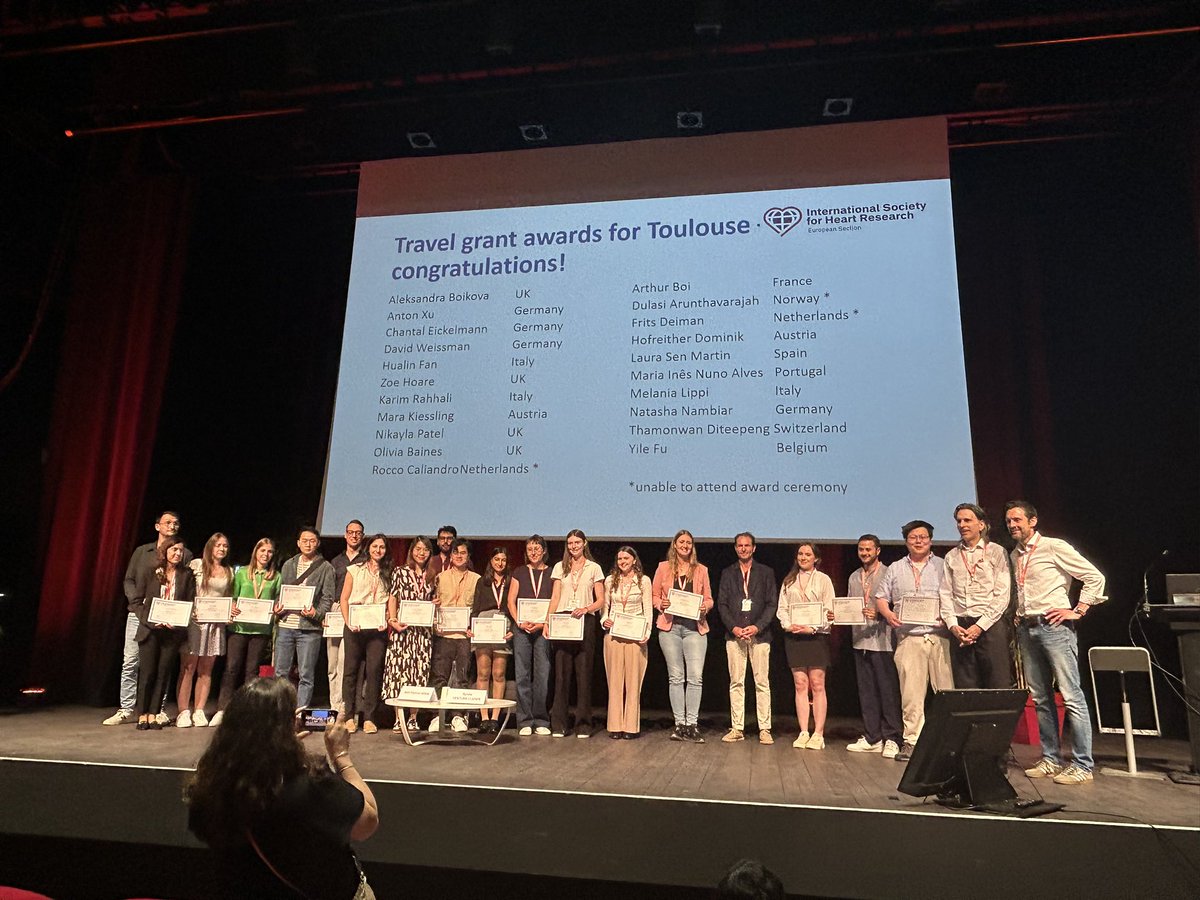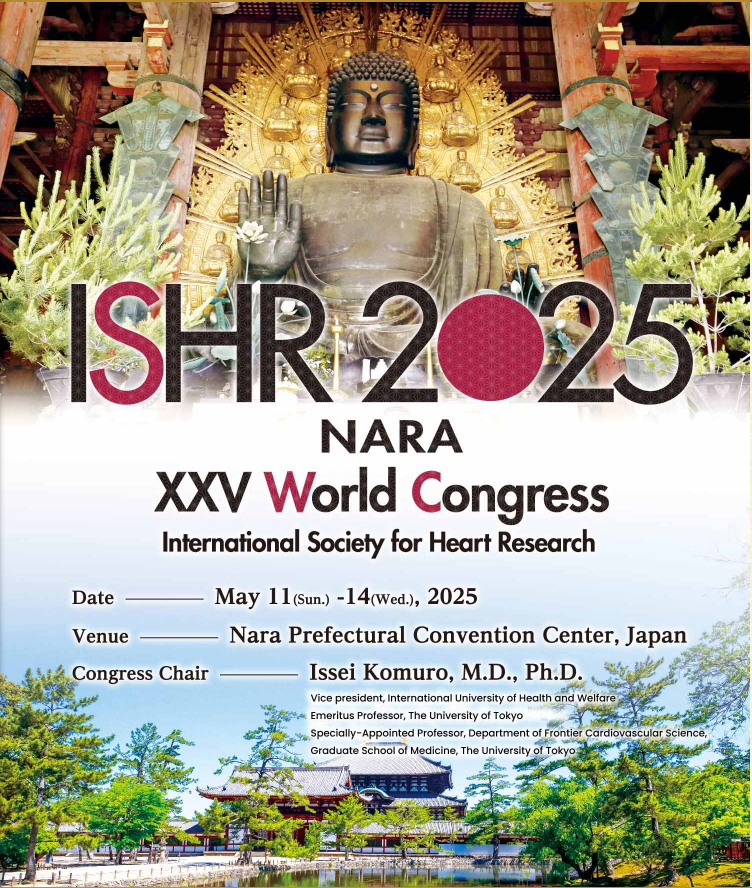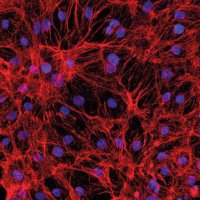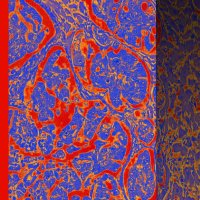
Monika Gladka
@monikagladka
Assistant Professor I Principal Investigator I Amsterdam UMC I Medical Biology I 🫀🧫Cardiac repair I 🧬Single-cell sequencing I Gene therapy I ISHR-ES
ID: 825774295888576512
29-01-2017 18:35:09
264 Tweet
863 Followers
633 Following

Congratulations to our PhD student Rocco Caliandro for giving a great talk and winning a travel grant during the ISHR European Section meeting in Toulouse! ISHR International ECI Committee JMCC Plus It was truly a wonderful meeting!


Beautiful presentation of our PhD student Alexandra Giovou at the ISHR European Section meeting during the ISHR International ECI Committee session in Toulouse.


Check out the latest article in Journal of Molecular and Cellular Cardiology about the role of Smarca4 in cardiac injury 👇👇👇 Ron Vagnozzi Dr Kate Weeks JMCC Plus

After a wonderful meeting of the European Section in Toulouse, we are now looking forward to the International Congress in beautiful Nara, Japan. Book your flights and accommodation early! ishr2025nara.jp/index.html #cardiovascular ISHR International ECI Committee MCI-ISHR Early Career Investigators @ISHR North America ISHR North American Section ISHR Australasian Section


Check out the newest Editors’s Choice article in Journal of Molecular and Cellular Cardiology 👇👇👇 Journal of Molecular and Cellular Cardiology JMCC Plus Ron Vagnozzi Dr Kate Weeks Davor Pavlovic

Interested in secrets of endothelial dysfunction? Check out the latest review published in Journal of Molecular and Cellular Cardiology 👇👇👇 Ron Vagnozzi Dr Kate Weeks JMCC Plus Davor Pavlovic

Did you know that ZFP36L1 regulates the phenotypic transformation of VSMCs by regulating the expression of KLF16? Check out the recent issue of Journal of Molecular and Cellular Cardiology 👇👇Dr Kate Weeks Ron Vagnozzi JMCC Plus Davor Pavlovic


Interested in experimental workflow for cardiac proteomics sample preparation? Check out the review by Karpov et al. published in Physiological Reviews Physiological Reviews Carol Ann Remme Rocco Caliandro Francesco Paneni Davor Pavlovic


Interesting review published in Physiological Reviews about “Making a good egg: human oocyte health, aging, and in vitro development” Physiological Reviews Carol Ann Remme

Open access alert! Inhibition of #autophagy prevents #cardiac dysfunction at early stages of #cardiomyopathy in Bag3-deficient hearts: buff.ly/4fwua9g Dr Kate Weeks @monikagladka @vagnozzirj Elsevier Cardiology


Study by Mohammed Abdul and colleagues reveals a novel mechanism by which nicotine regulates PHLPP1 expression through ERK-4E-BP1 signaling axis to drive cardiomyocyte injury: buff.ly/4co8cm4 Dr. Nikki Purcell Khaja Shameem, PhD Dr Kate Weeks @vagnozzirj @monikagladka Elsevier Cardiology



Open Access alert! Study by Mohammed Abdul and colleagues reveals a novel mechanism by which nicotine regulates PHLPP1 expression through ERK-4E-BP1 signaling axis to drive cardiomyocyte injury: buff.ly/4co8cm4 Dr. Nikki Purcell Khaja Shameem, PhD Dr Kate Weeks @vagnozzirj @monikagladka


Fantastic week of talks at the ISHR North American Section meeting in California, including a JMCC Plus session! Don't miss out- we have several special issues running and would love to receive your work! ISHR International ECI Committee MCI-ISHR Early Career Investigators @ISHR North America ISHR Australasian Section ISHR European Section ISHR LAT Section


While reperfusion saves the heart after a heart attack, it can paradoxically cause further damage to the heart. This review, published in Physiological Reviews by Stéphanie Barrère-Lemaire and colleagues, dives into the mechanisms behind ischemia-reperfusion injury and explores how

Check out the latest article in our special issue on #AFib in Journal of Molecular and Cellular Cardiology 👇👇Ron Vagnozzi Dr Kate Weeks Davor Pavlovic JMCC Plus